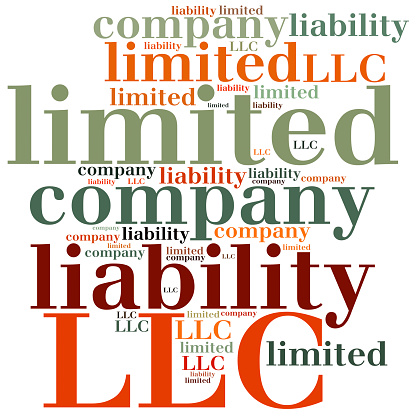By Brooke Chaplan
Each kind of business structure has advantages and disadvantages. A sole proprietorship gives owners full control though they are responsible for all liabilities, while partnerships limit control and partners are jointly responsible for all liabilities. Corporations give some control and limit losses to the size of the investment, though the best business structures of all may be an LLC. A Limited Liability Company (LLC) is a business entity that combines the structures of sole proprietorships, partnerships, and corporations. There may be one or more owners who are known as members. Like the partnership, if one member dies or is bankrupt, the LLC ends. Some limited liability companies are organized as perpetual entities, and memberships are transferred or sold. To help you understand this business organization a little better, more information is below.
LLC Members
LLCs may be publically traded, or members may be added by agreement. Members may include individuals, corporations, other LLCs, and foreign entities. Adding members does not change the LLC, but the organization agreement will need to be revised to update the distribution percentages of profits. Each member is assigned a capital account that shows their investment. Investments may be made in cash or property, and represent the equity of that member. Periodic profits and losses are added to or deducted from each capital account. Profit distributions are made by agreement and do not necessarily represent the member’s share of investment.
Taxation
The LLC files an information return and members are given a Schedule K-1. A single owner of the LLC records profits or losses on Schedule C, E or F depending on the source of income. The IRS considers two or more members to be a partnership, and each member is given Schedule K-1 that shows their share of profits or losses. Each member files Partnership Form 1065. Although the LLC is not a corporation, it may choose to be taxed as one by filing Form 8832. The LLC would file Form 1120, and the members would be taxed on dividend income. The LLC would also have the advantage of retaining income for future expansion. Another option is to be taxed as a Subchapter S corporation. The owner may work as an employee and receive dividends as well. Choosing Subchapter S offers additional savings.
An LLC has the flexibility of a partnership and the limited liability of a corporation. Varying methods of taxation allow opportunities to increase profits. Check state laws and consult a civil litigation lawyer about a plan to protect your assets and business. With the right plan and knowledge, an LLC can be a great asset to your company.
Brooke Chaplan is a freelance writer and blogger. She lives and works out of her home in Los Lunas, New Mexico. She loves the outdoors and spends most her time hiking, biking and gardening. For more information contact Brooke via Twitter @BrookeChaplan.







